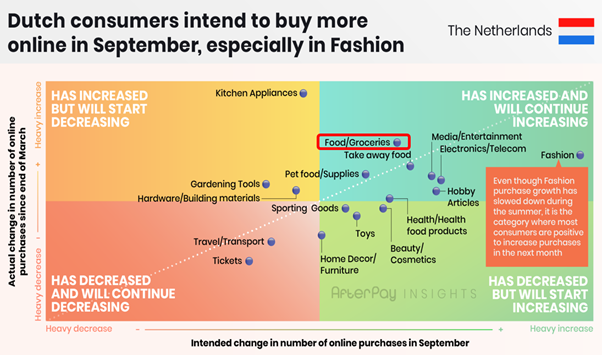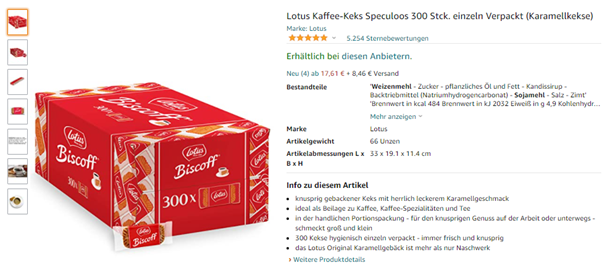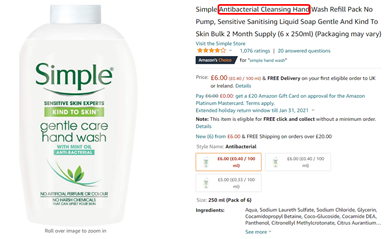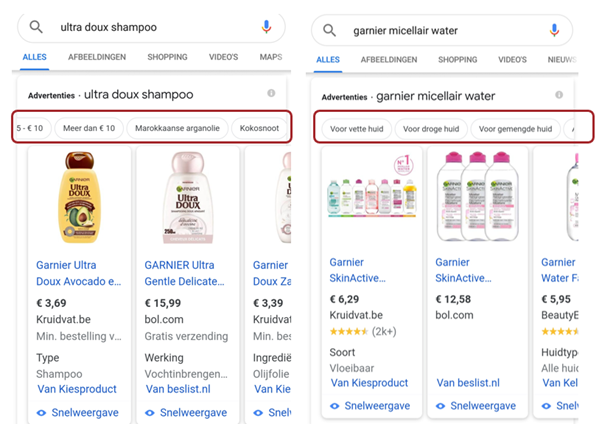
Article
How to rock your FMCG e-commerce sales
In 2020, e-commerce was literally everywhere. And for now, its accelerated breakthrough does not seem to be slowing down in 2021. E-commerce sales have broken many records in the last year, from incredible delivery peaks (660.000 parcels a day for Bpost!) to the online breakthrough of formerly difficult categories.
For the FMCG category, this was particularly interesting, as in Western European markets (excl. the UK) groceries were often one of the categories lagging behind, being far less popular to buy online than, say, fashion or books.

With COVID-19, FMCG online sales are catching up
The online share has increased and will continue to do so. In Belgium, GfK researched that an astonishing 51% of first-time online grocery shoppers indicated to continue buying groceries online after the COVID-19 crisis. In the Netherlands, AfterPay insights put Food and Groceries as one of the top categories with a heavy, sustained, increase online.
In this blogpost, we are happy to share some practical tips and tricks to help you optimize your online sales:

1. Adapt your offering: think big!
We start with an important one: do not simply translate your offline offering to online. Consumers behave differently buying online and offline. They are often not interested in buying a single item online, as they would do in the physical supermarket. Not having to carry bulky items and planning purchases ahead, consumers are more likely to buy larger quantities online.
Having larger formats available is an effective way of addressing these different needs and – added bonus – it will help you to optimize delivery costs on some platforms!
Example: Lotus is offering its B2B range on Amazon. Their most reviewed products on Amazon.de are the bigger quantity packs, such as this 300 pieces Speculoos-pack.

2. Fix your product information
Next, it is crucial to make sure your product information is up to date and performing well. Research shows that 80% of retailers is not confident in their online product data. However, correct and complete product data is key to convince shoppers to buy your product. Online product information even offers more opportunities than the offline environment, if used well.
Think twice about your product titles. Do not make them too long, so shoppers can read them on any device. Make sure it states clearly what the product is AND that it includes the relevant search terms, so your products are found.
Your product images leave the first impression and should clearly indicate (1) brand, (2) variant and (3) size/quantity. Regular pack shots are often not up to this task as their readability has its limits: quantities, for example, might be too small to read from mobile devices. Optimizing your pack shots to enlarge crucial information is a way to avoid this. Next to the first image, secondary images are also important. 70% of shoppers indicate they need to see at least 3 images before making an online purchase. Going even further, product videos and enhanced content pages (including additional information about the brand and product ranges) can be a great addition to the classic product images.
Besides your title and images, product descriptions act as a secondary location where shoppers can find information on brand, size, variant, ingredients, as well as marketing-driven brand texts, preferably written in a shopper friendly language.
Finally: Do not forget to test and adapt along the way. Experiments will give you great insights and will allow to discover the unique combinations that work best for your brand.
Example: Unilever doubled the sales on Amazon of one of their handwash products when they included “anti-bacterial” in the product title. The product itself did not change; they simply adapted the title to include the most relevant search terms for that product.

3. Make sure you win on search
Search is another important factor to look at. We know that, on average, more people use the search bar than the category menus to look for products. This means that your position in search will determine a huge chunk of your online revenue. On top of this, products found by search convert generally better than products found by browsing, as shoppers are already specifically looking for them.
Talk to your retailer to find out how their search algorithm works and what you can do to optimize your search results. Discuss common search problems and how you can help avoid them. A common problem is the lack of typo tolerance: Are your products being shown even if misspelled? What are the most common typos linked to your products? Another common search problem is the exclusion of synonyms in search results. An estimated 61% of e-commerce sites currently do not have proper synonym support, resulting in poor search results.
One step further, you can experiment with faceted search, allowing users to narrow down search results by applying multiple filters based on faceted classification of the items.
Example: Garnier’s Google search results show faceted results, showcasing different filters to narrow down the results. Google’s algorithm can break product information down to this level thanks to the clear and consistent product descriptions of the Garnier products.
Would you like to explore this topic further?
References:
- GfK Retail Panel Belgium (April 2020)
- Afterpay Insights (September 2020)
- Shotfarm Product Information Report
- Salisfy, cracking the consumer code
- Econsultancy “Riding the ecommerce wave” webinar by E-Commerce VP Unilever: Adapting your ecommerce strategy: A look at 2020 and what’s ahead (December 2020)
- Baymard Institute on search results
- Econsultancy “Riding the ecommerce wave” webinar by Coveo – Optimizing the ‘digital shelf’: Search best practices (December 2020)
- ChannelSight: Winning the digital shelf